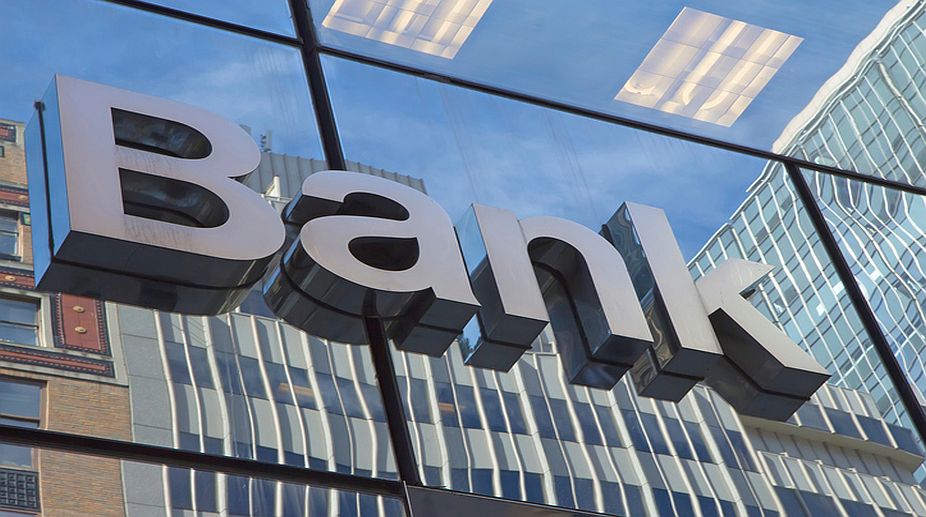Empowering Voters
Many skeletons are tumbling out of the cupboards of election bonds and many more will, highlighting the unholy nexus between political parties and businesses.

Representational Image (GETTY IMAGES)
Ever since the Reserve Bank of India appointed JP Nayak Committee submitted a report blaming Right to Information as one of the constraints on the governance of public sector banks in May 2014, an analysis of RTI performances of 24 PSU Banks based Central Information Commissioners report depicts high rate of rejection of RTI applications by the banks.
The main findings of the RTI performance of the 24 PSU banks are, banks dealt with a total of 82, 102 RTI applications during 2015-16, this comes down to seven per cent of the 11.65 lakh RTI applications reported by 1903 public authorities registered with the CIC.
The Reserve Bank of India, dealt with 16.6 per cent more RTI applications during the year 2015-16 as compared to the previous year. However, its backlog from 2014-15, 38,884 RTI applications was more than three times the number of RTI applications received in 2015-16.
Advertisement
Among the 24 banks, Bank of India had the highest backlog from 2014-2015. As been the trend in previous years, the State Bank of India received the largest number of RTI applications in 2015-16, with a number of 25, 345 RTI applications, the Punjab National Bank was second in the list followed by Indian Bank.
It was also found that the United Bank of India rejected nearly two of every three information requests. The proportion of rejection has increased tenfold in 2015 -16 whereas this bank had reported the lowest proportion of rejection consecutively for two years since 2013.
As compared to 2014-15, rejection rates have gone up in 50 per cent of the 24 PSU banks, namely Allahabad Bank, Central Bank of India, Corporation Bank, IDBI Bank Ltd. Indian Overseas Bank, Punjab National Bank, State Bank of Bikaner and Jaipur, State Bank of Hyderabad, State Bank of Mysore, Syndicate Bank and UCO Bank. Andhra Bank and State Bank of Hyderabad rejected every second application dealt with in 2015-16.
According to figures presented by Venkatesh Nayak, who also did an analysis of the CIC records, the RTI load on PS Banks, Bank of India averaged at more than two applications per office. PNB, SBBJ and SBI averaged more than 1 RTI application per office, while other banks other banks averaged less than one RTI application per office in 2015-2016.
“The RTI statistics submitted by the banks to the CIC do not prove the constraint theory regarding their governance which was looked upon approvingly by the PJ Nayak Committee in 2014. “ he said.
In this period, it is also reported that 13 of the 24 public sector banks reported a rise of more than 90 per cent in their net NPAs ( Non-performing Assets) during 2015-16, the highest being 157.69 per cent reported by Vijaya Bank.
Commenting on the correlation between rejected RTI applications and the non –performing assets, MS Bhat, an economist and formerly Head of the Department, Economics at Jamia Millia Islamia said, “There is definitely a relationship by default between non-performing assets and the number of RTI applications rejected by Banks, the banks do not want to reveal about their non-performing assets. However, a content analysis of the RTI applications and the manner of their disposal by these banks will give us a concrete picture of correlation between them. Such a study is urgently needed to study these trends which might have a disastrous effect on our economy.”
Advertisement